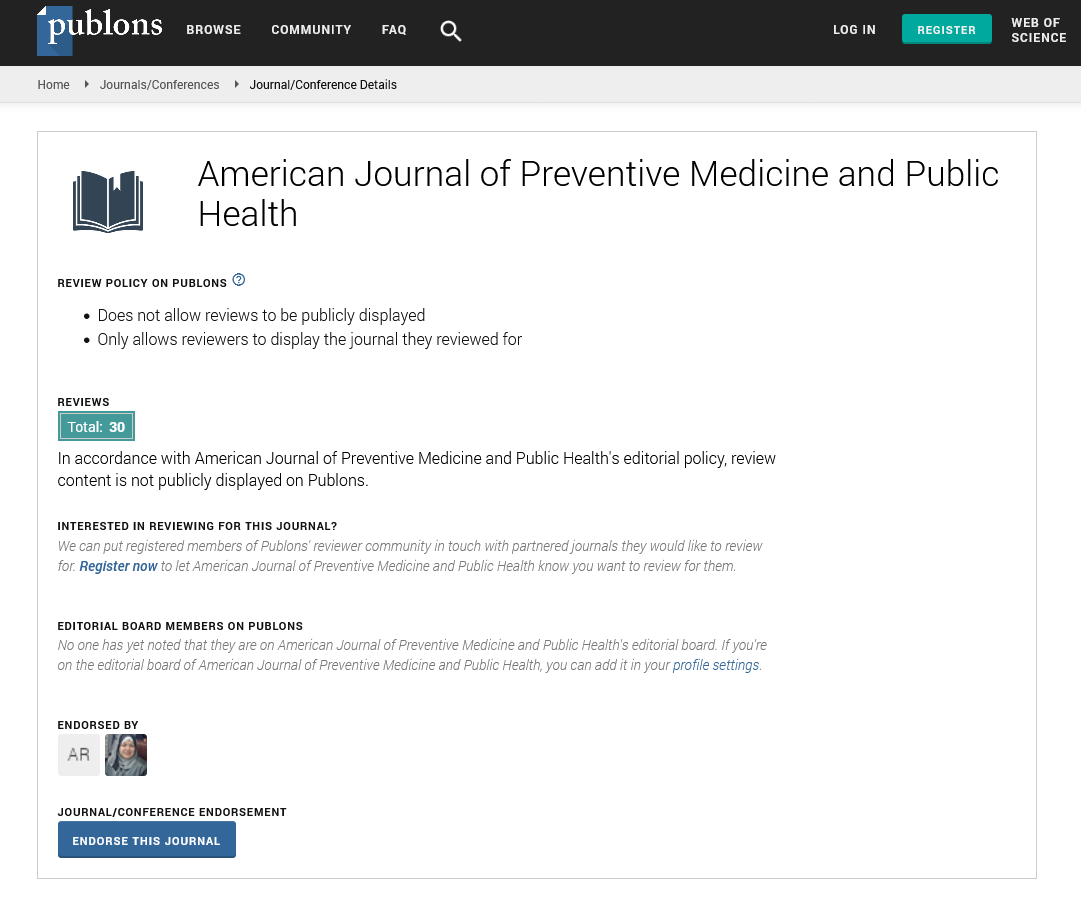Seventeen-year changes in cardiovascular risk factors: A cohort study of southern Brazilian young adults
Abstract
Sadi Poletto1, Neide Maria Bruscato2,3, Manoel Luiz S. Pitrez Filho4,3,5, Luiz Telmo R. Vargas6, João Carlos B. Santana7, Jorge Antônio Hauschild5, Emilio Moriguchi1
Aim: The origins of atherosclerosis and subsequent cardiovascular disease are recognized to begin in childhood. Studies involving risk factor screening of children and adolescents can be predictive of future rate trends. This study aimed to evaluate changes in cardiovascular risk factors in asymptomatic individuals followed from age 10–18 years at baseline (1999) to age 27–36 years in 2016. Methods: This was a prospective cohort study. A total of 156 cohort participants were available for follow-up in 2016 (mean age, 29.9 ± 0.2 years). Data collected in 1999, 2006, and 2016 were analyzed to determine the evolution of cardiovascular risk factors over time. Sociodemographic and behavioral data, body mass index (BMI), waist circumference (WC), blood pressure (BP), lipid profile [total cholesterol, high-density lipoprotein cholesterol (HDL-C), low-density lipoprotein cholesterol, and triglycerides], and fasting glucose were assessed. Results: During a 17-year follow-up, there were significant increases in BMI, WC, total cholesterol, HDL-C, triglycerides, and diastolic BP (p < 0.001–0.011), but significant reductions in systolic BP, fasting glucose, and physical activity (p ≤ 0.001). The increase in cardiovascular risk factors was significantly greater in men than in women over time (p < 0.001–0.032). Conclusions: Our results show a trend toward worsening of cardiovascular risk factors from childhood/adolescence to adulthood. This should serve as a warning to public health officials about the need for health promotion strategies aimed at beginning preventive measures in childhood and adolescence.
PDF






